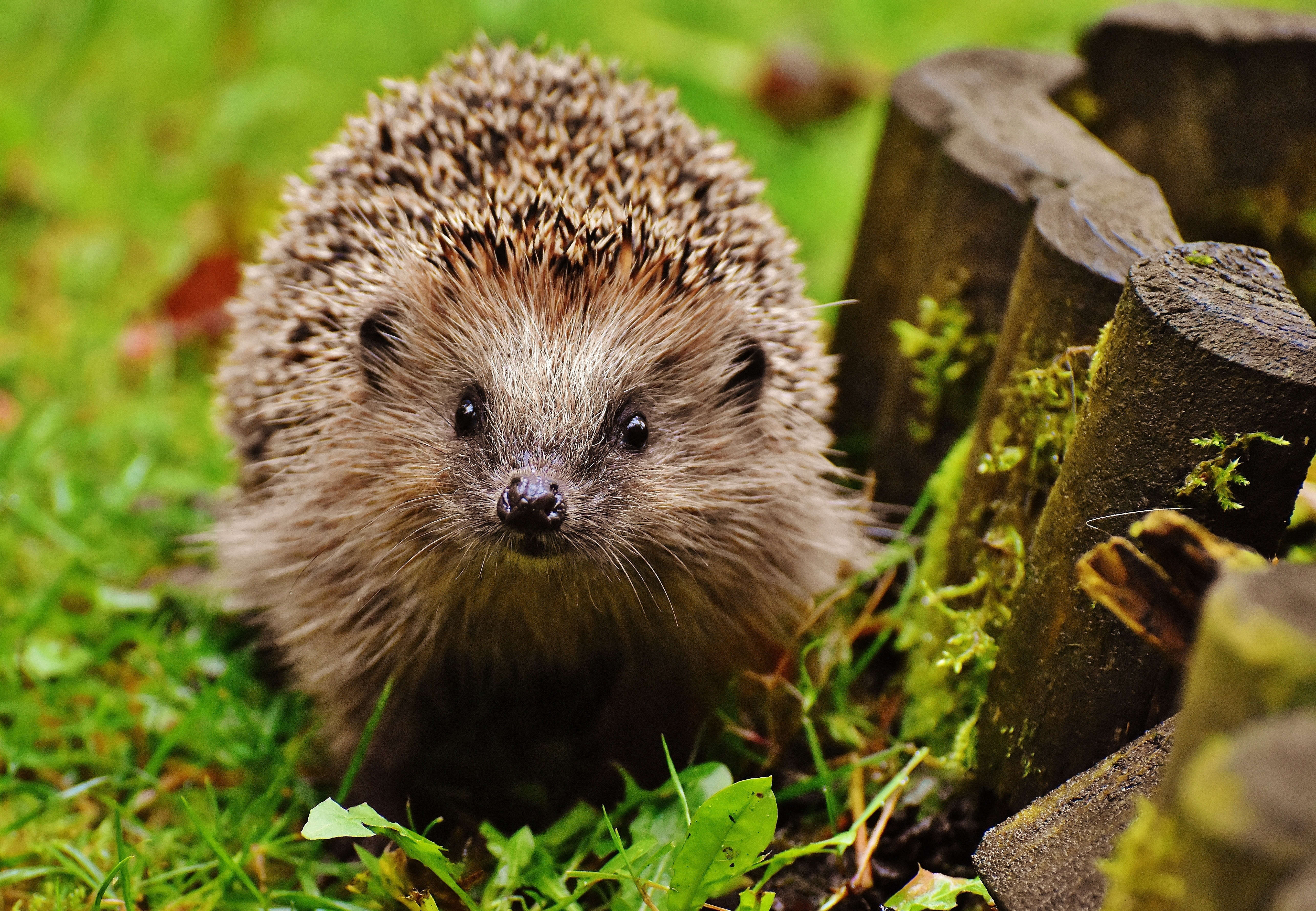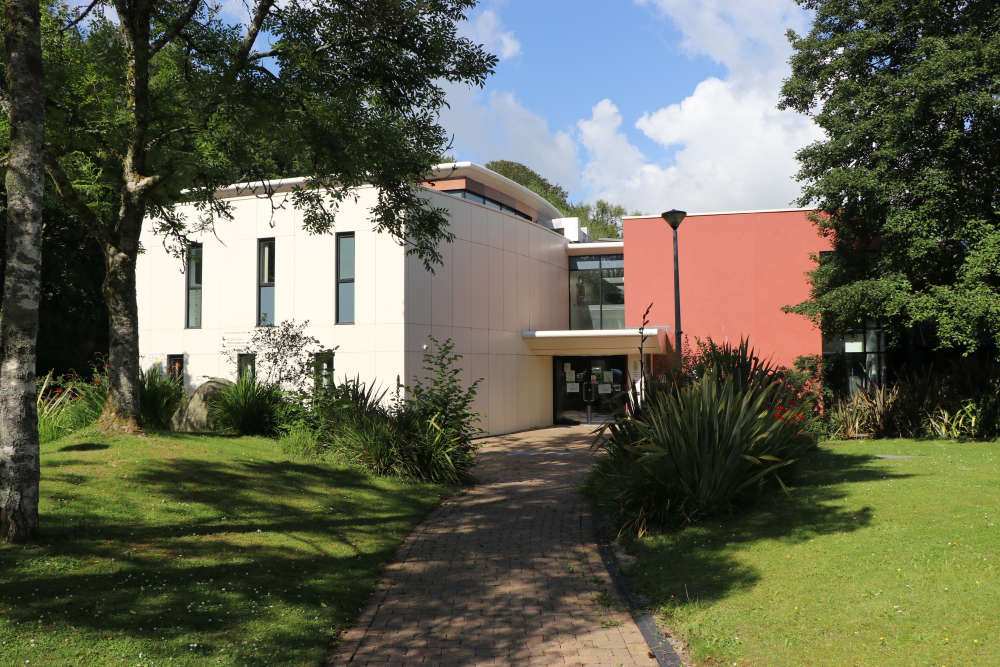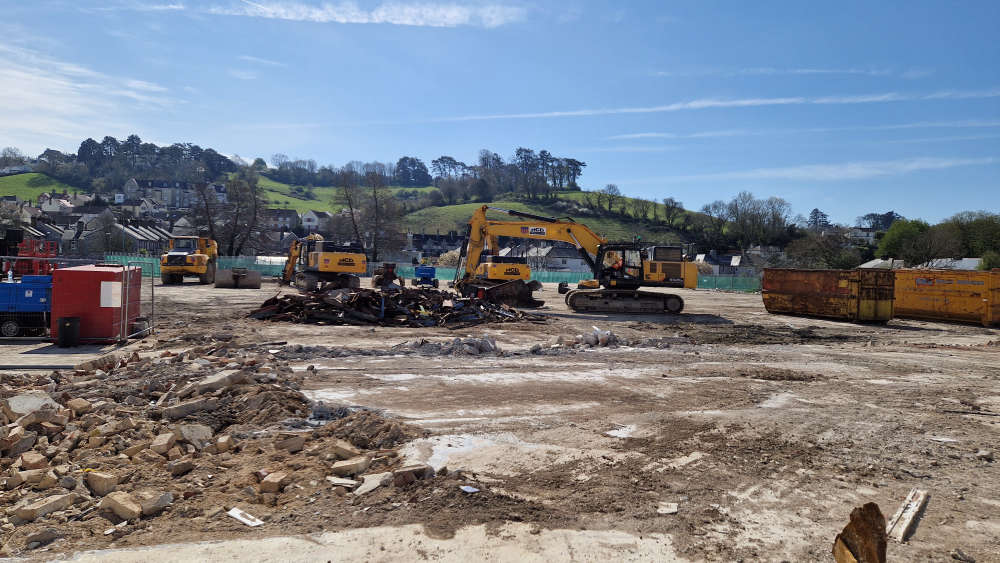
Hedge remains found after grass mowing
Hedgehogs, already threatened by a loss of natural habitat, are at further risk of death or injury due to measures aimed at protecting wildlife, claim some Plymouth residents.
Posting on a Facebook group, some residents in Plympton Erle Ward say they have found the remains of hedgehogs after council grass-cutters had mown areas previously left uncut to encourage wildlife.
In March, Plymouth City Council announced it would leave 40 per cent of the grass it manages uncut for nature. Although declaring it would not take part in the ‘No Mow May’ campaign of other local authorities, when most grass would be left to grow wild, the council pledged to help wildflowers, bees, butterflies and small animals such as hedgehogs flourish.
However, hedgehogs which settled in the long grass, could now see their homes destroyed as council teams cut back some open spaces, verges and steep banks left untouched for many months.
Posting on the Facebook group, one resident said he had photographs of “three dead hedgehogs that were killed after the long grass was cut.”
He added: “I’m all for nature etc. But killing hedgehogs that are very few in numbers now is not on.”
A Plymouth City Council spokesperson insisted great care is taken when cutting areas of grass which may be home to wildlife.
A statement said: “In the last few years we have changed our approach to grass cutting specifically to help the environment and our wildlife. We have a network of 120 wild flower meadows for wildlife such as bees, butterflies and reptiles.
“In 2020, we reduced the grass cutting in over 900 areas across the city to allow these areas to grow new meadow areas.”
The spokesperson added that special care was taken to protect hedgehogs.
“Hedgehogs are a species that have been in a steep decline in this country as more of their natural habitat is fenced off or tarmacked over. We very much hope that allowing the grass to grow long encourages these lovely creatures to make their nests and feed on the caterpillars that use grass as a food source.
“We are aware that encouraging wildlife to settle in our grassland means we need to be more mindful of them. All of our staff undergo a tool box talk each year around health and safety when cutting grass, which includes a visual inspection of the site before starting work.
“We have carried out some further training with the Green Minds Project around habitat management to identify key species and how to manage grass for nature.
“As well as looking at measures to minimise the chances of either disturbing or injuring wildlife, the sessions include:
• Walk to first spot wildlife in long grass. Explain the grass cutting policy here, identify key species (yellow rattle), highlight biodiversity, why is it important to manage grass for nature?
• How to cut areas to reduce impact on wildlife.”
The annual cut of re-wilded areas has started this week and the council says workers “will do everything we can to reduce the risk of any accidents.”
Many comments on social media criticised the move to leave any grass uncut altogether, suggesting it makes areas look untidy. But some residents backed the re-wilding policy.
One said: “Hedgehogs need long vegetation, they don’t do well on short grass carpets. Meadows, where grass and flowers are allowed to grow, provide the insects we all need, as well as hedgehog food in an importantly rich bio-diversity area.
“Yes, we need to keep site lines and signs clear. What we don’t need is acres of tightly mown, bio-diversity poor grass carpets!”
The British Hedgehog Preservation Society (BHPS) says the extreme temperatures experienced this summer have put even more of the animals at risk of dehydration or death.
 Students connect with elderly residents to combat loneliness
Students connect with elderly residents to combat loneliness
 Crackdown on anti-social behaviour in Plymouth
Crackdown on anti-social behaviour in Plymouth
 £1.6 million for more energy efficiency Devon home upgrades
£1.6 million for more energy efficiency Devon home upgrades
 SWW to build huge new Churston solar farm
SWW to build huge new Churston solar farm
 MP highlights Devon's dentistry 'crisis'
MP highlights Devon's dentistry 'crisis'
 Work on ‘once-in-a-generation’ Newton Abbot project back on track
Work on ‘once-in-a-generation’ Newton Abbot project back on track
